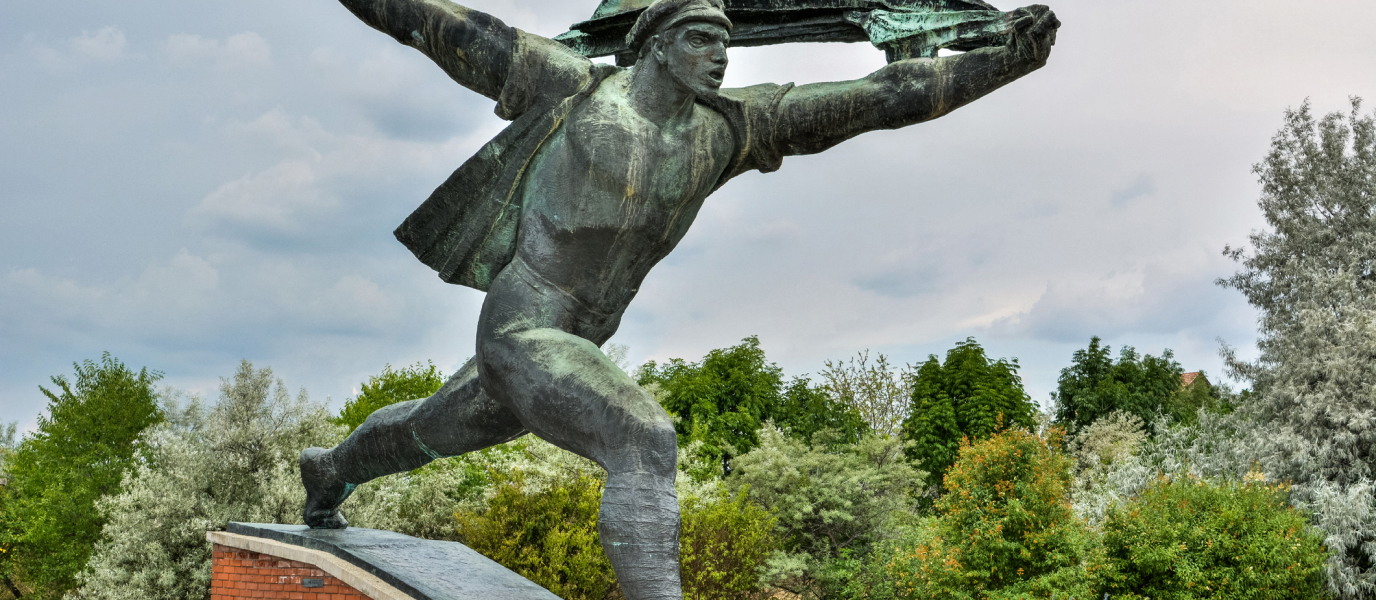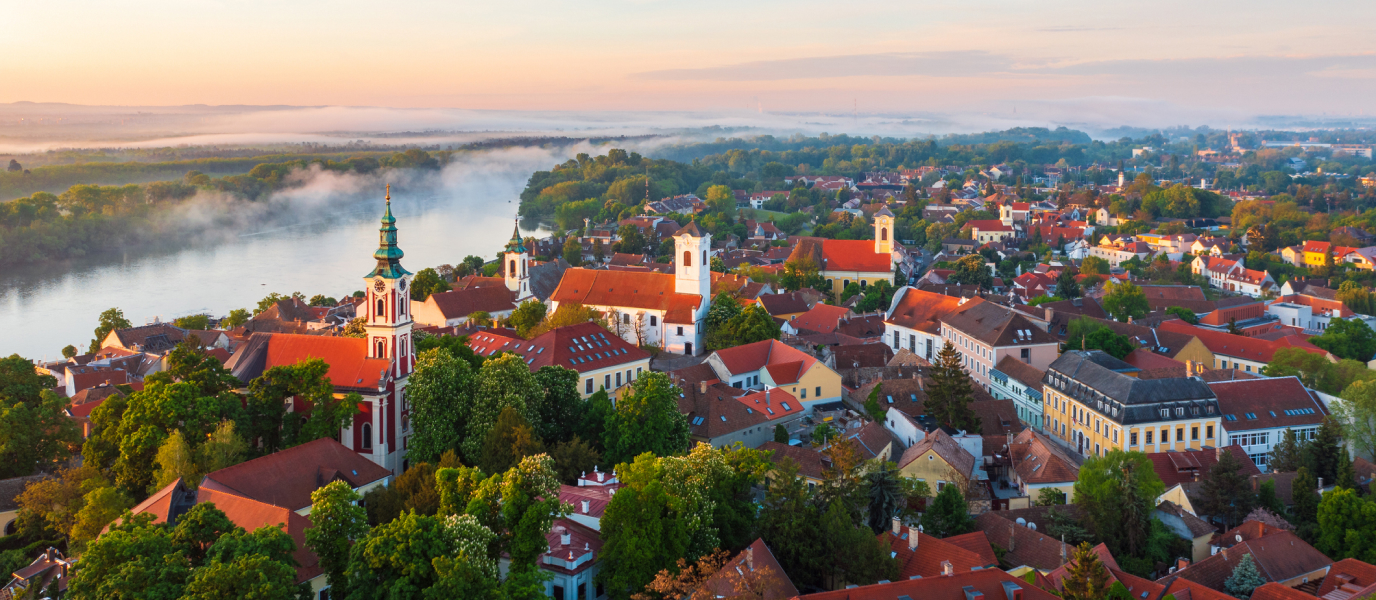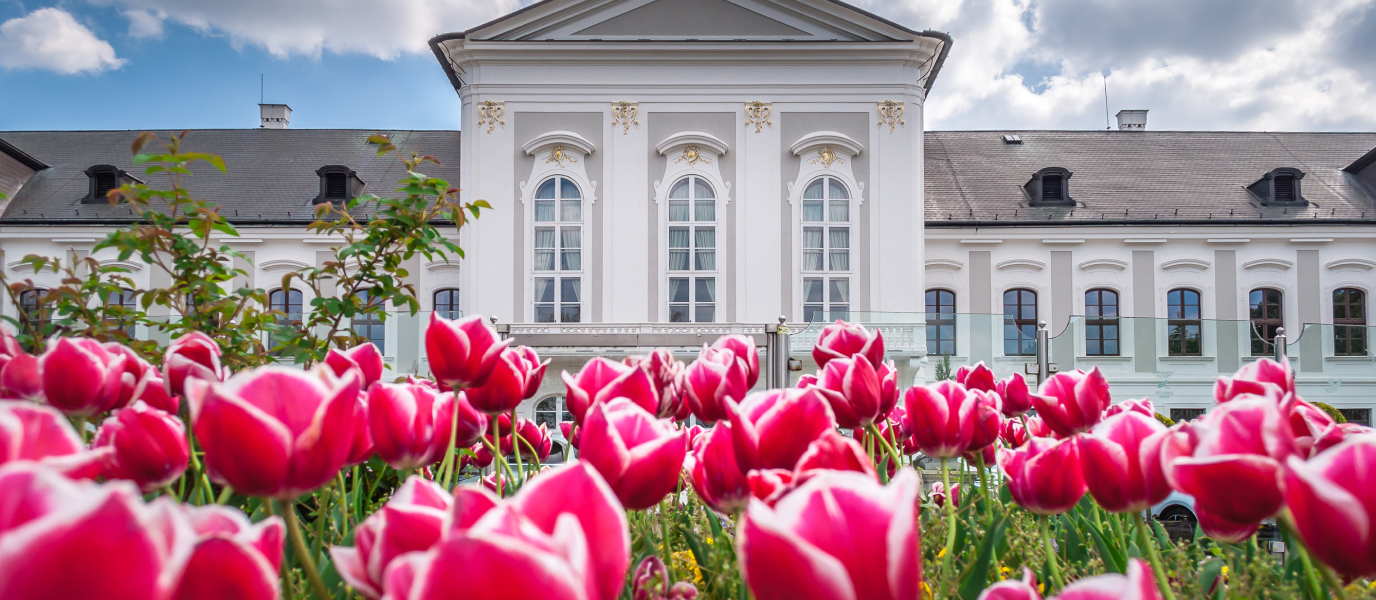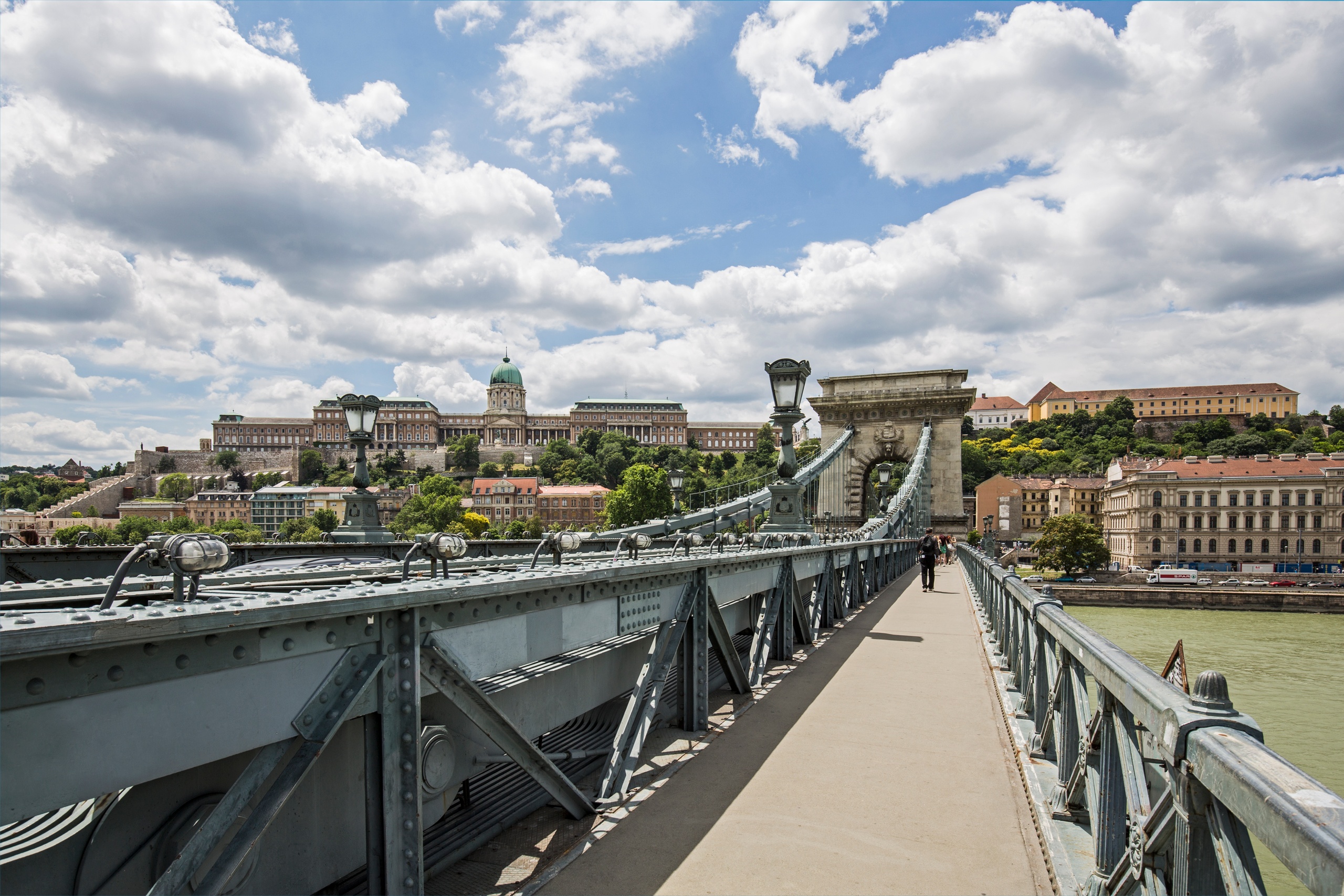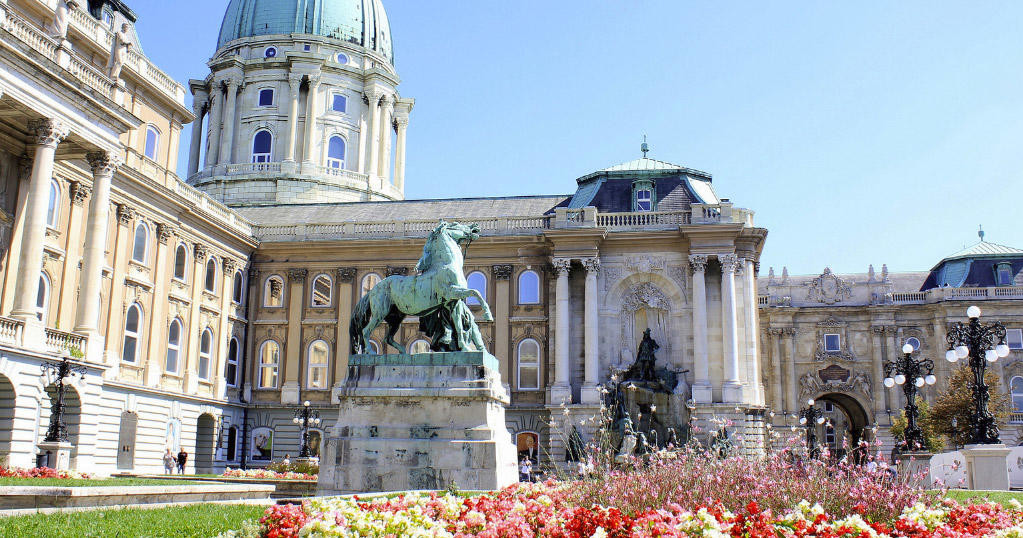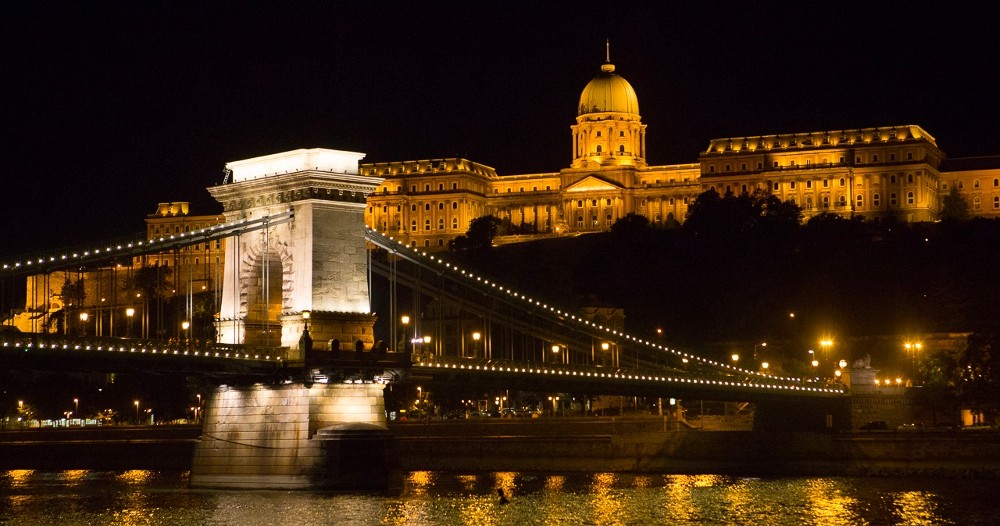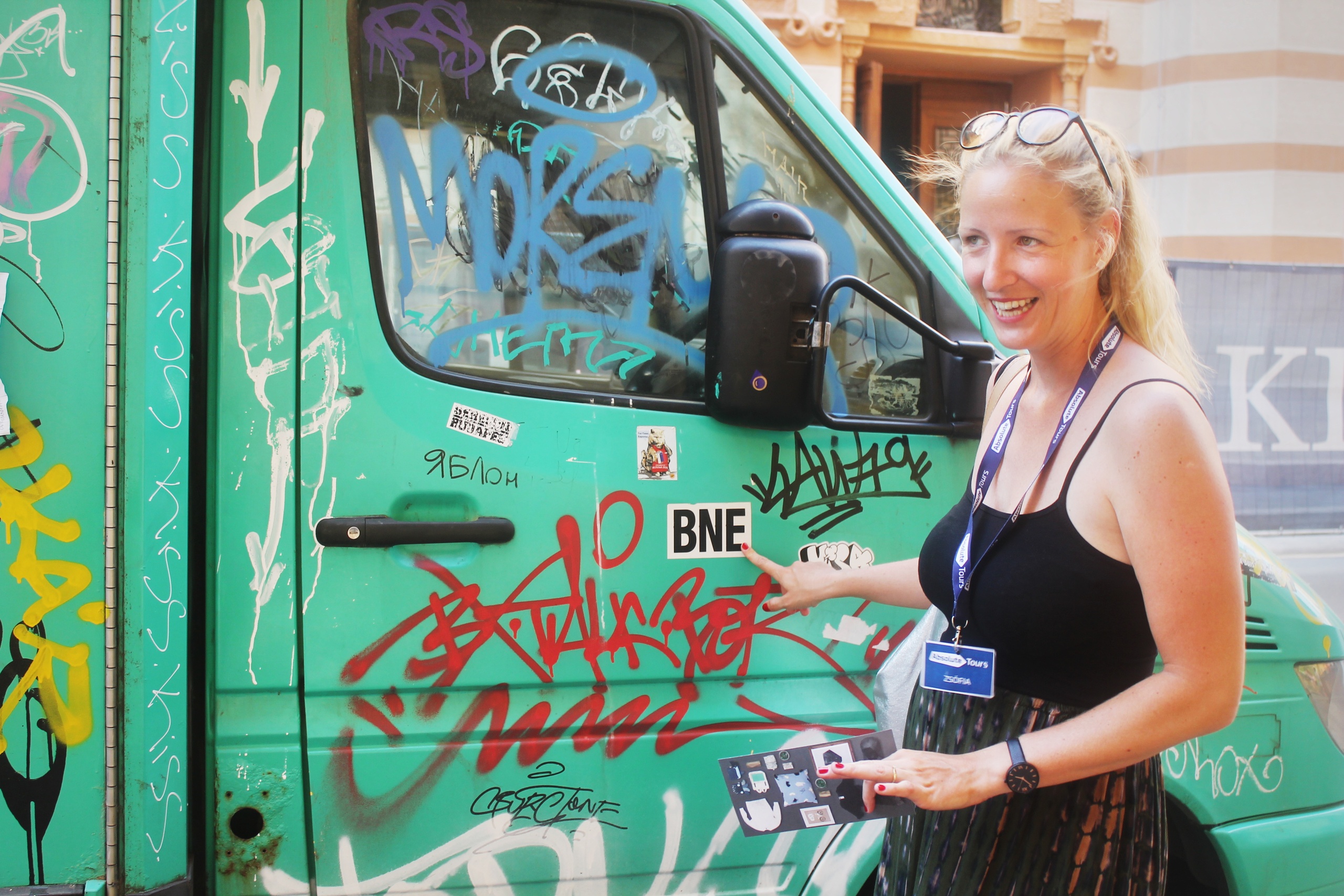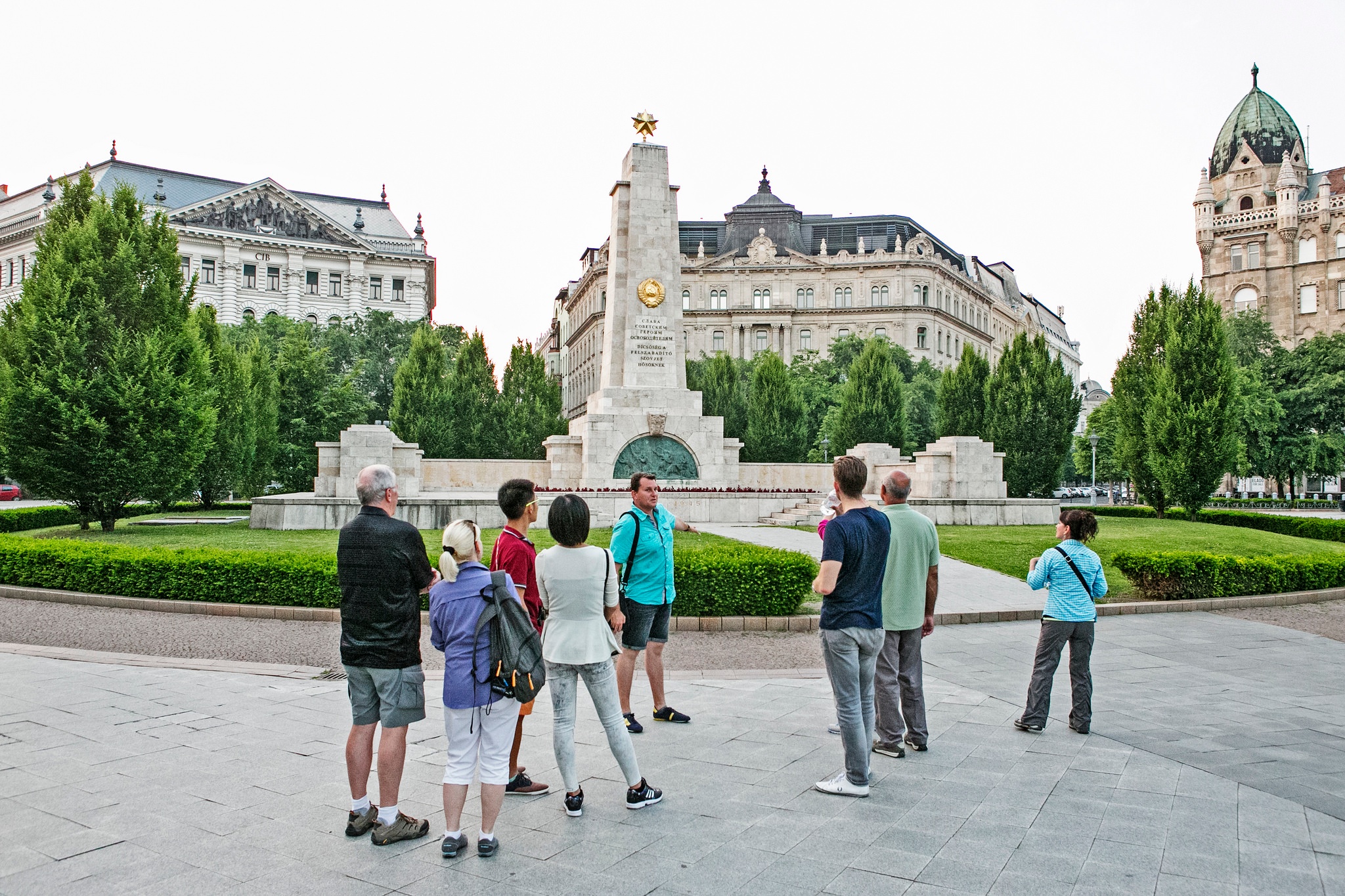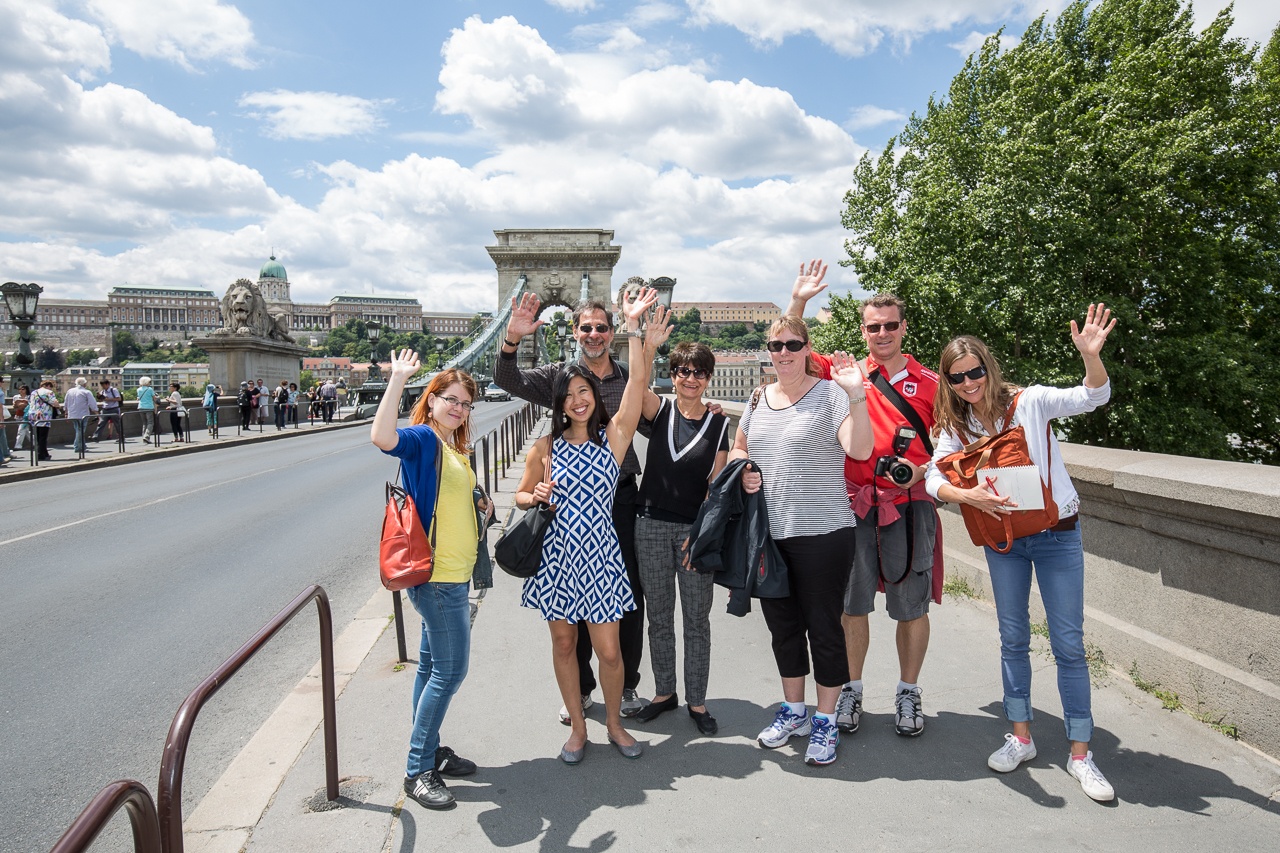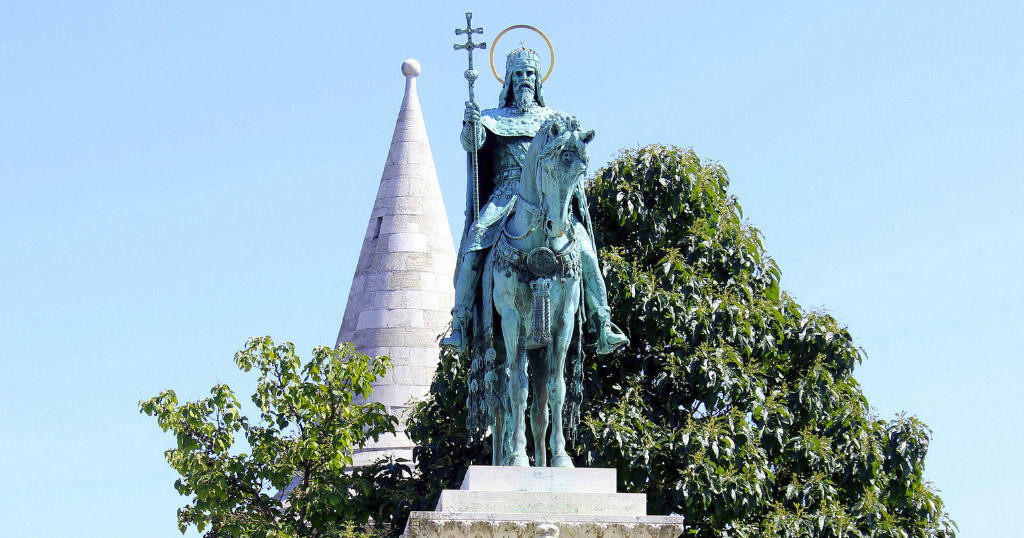One of the most interesting parks when visiting Budapest is Memento Park (Szoborpark in Hungarian). This green area of the city is an open-air history museum, with statues and other monuments from Hungary’s Communist era. It provides a historical overview of the country.
On a comfortable tour, you can step back in time decades and see with your own eyes the statues of some of the most important figures in world history.
Memento Park and Communist Budapest
World War II left Hungary badly damaged, with the capital, Budapest, 80% destroyed. The human casualties were just as bad, with more than half a million dead, most of them of Jewish origin, victims of the Nazi holocaust.
With the defeat of Germany in the war, the Red Army occupied Hungary and, after a transitional period, 1949 saw the beginning of the Hungarian People’s Republic, a new state under the influence of the Soviet Union, which lasted until 1989.
With the fall of the Communist regime that year, Hungary began its current democratic phase. This led to the removal of many statues and monuments dedicated to the Communist regime in public spaces. In the spring of 1990, the first one, a statue of Lenin, was taken down.
In 1991, Budapest’s General Assembly (the city council) decided that each city district should decide on the removal of statues, monuments and plaques commemorating the former regime. The idea of building a sculpture park had already emerged in 1989 and it crystallised shortly afterwards, with the design of the architect Ákos Eleőd.
The new Memento Park was inaugurated on 27 June 1993, two years after the Soviet troops finally withdrew from the country, in the midst of the democratic transition.
Memento Park began including new sculptures and expanding in the following years. The new sculpture park is officially called ‘One Sentence About Tyranny’, based on a poem by Gyula Illyés.
Memento Park is located on the outskirts of Budapest, about 10 kilometres south of the city. To get there, you can take bus 101 or 150 from Kelenföldi Pályaudvar metro station, at the end of the green line.
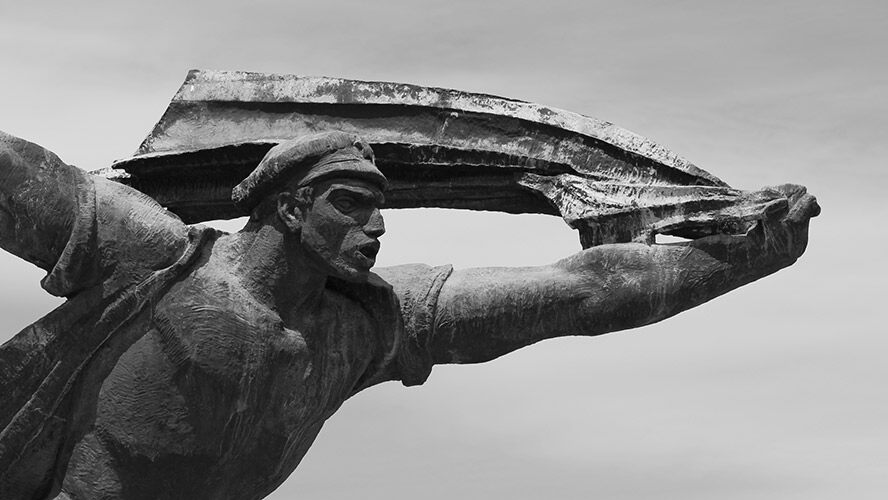
Statues in Memento Park
Memento Park has 42 sculptures symbolising the country’s Communist era (1945-1989). Its main entrance is a large portico where you will see the statues of Lenin, built in 1965 in bronze, and of Marx and Engels, built in 1971 in granite from the Mauthausen concentration camp.
Right in front of the entrance is one of the most curious monuments: Stalin’s boots. It is a replica of the boots of the bronze Stalin statute that used to be in Budapest.
There are also several statues and monuments that are particularly symbolic or represent certain moments or messages of Communist Hungary:
- Bronze monument to the Hungarian-Soviet friendship built in 1956 in which a Hungarian citizen shakes hands with a Soviet soldier.
- Liberation Monument from 1971, made in limestone, depicting the liberation of Hungary from Nazi hands in 1945.
- Bronze statue of a Liberation Army officer built in 1947 in which a soldier carries a flag symbolising the fall of the Nazi occupation in the war.
- Granite monument to the Soviet-Hungarian Friendship built in 1975 in which a large stone panel shows two women holding up a flag and several doves of peace.
- Bronze monument to the Republic of Councils built in 1969 depicting a giant charging sailor based on a 1919 revolutionary poster
- Martyrs’ Monument from 1960, made in stone, which is a powerful statue of a man calling for help.
There is also a reminder of Spain at Memento Park. One of the sculptural ensembles in the park is a memorial to the International Brigades that fought in the Spanish Civil War, which features a number of bronze statues symbolising the Hungarian fighters who travelled to Spain to support the government of the Second Spanish Republic.
In addition to statues and sculptural ensembles, the park also features plaques and busts of personalities such as Lenin, Dimitrov, Béla Kun and the activist Kató Hámán.
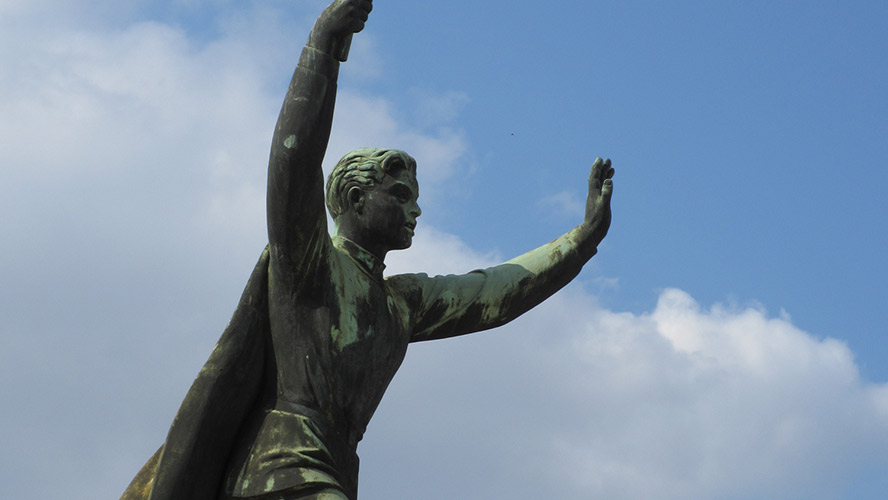
Where to eat in the area
Memento Park is 10 kilometres from the centre of Budapest in a rural area, so there are virtually no eating options. If you want to visit the park, we recommend that you do so between meals or take a snack with you.
Where to stay in Budapest
One of the best hotels in Budapest, considering location, comfort, quality and price, is the Barceló Budapest. This four-star hotel is ideal for almost any budget, with a mid-range quality-price ratio that will suit the most demanding but also the tightest of budgets.
One of the hotel’s main virtues is clearly its location on the Pest side, right in the centre, just a few minutes away from places of interest such as St. Stephen’s Basilica, the Opera, the Chain Bridge and the Parliament. This makes it an ideal place to stay in Budapest, with all these attractions just a stone’s throw away.
In addition to its 179 rooms (some of them suites with views of the city), the Barceló Budapest has a skybar, restaurant and 24-hour gym, if you want to use your holiday for something else. It is a magnificent hotel when visiting Budapest.




































































